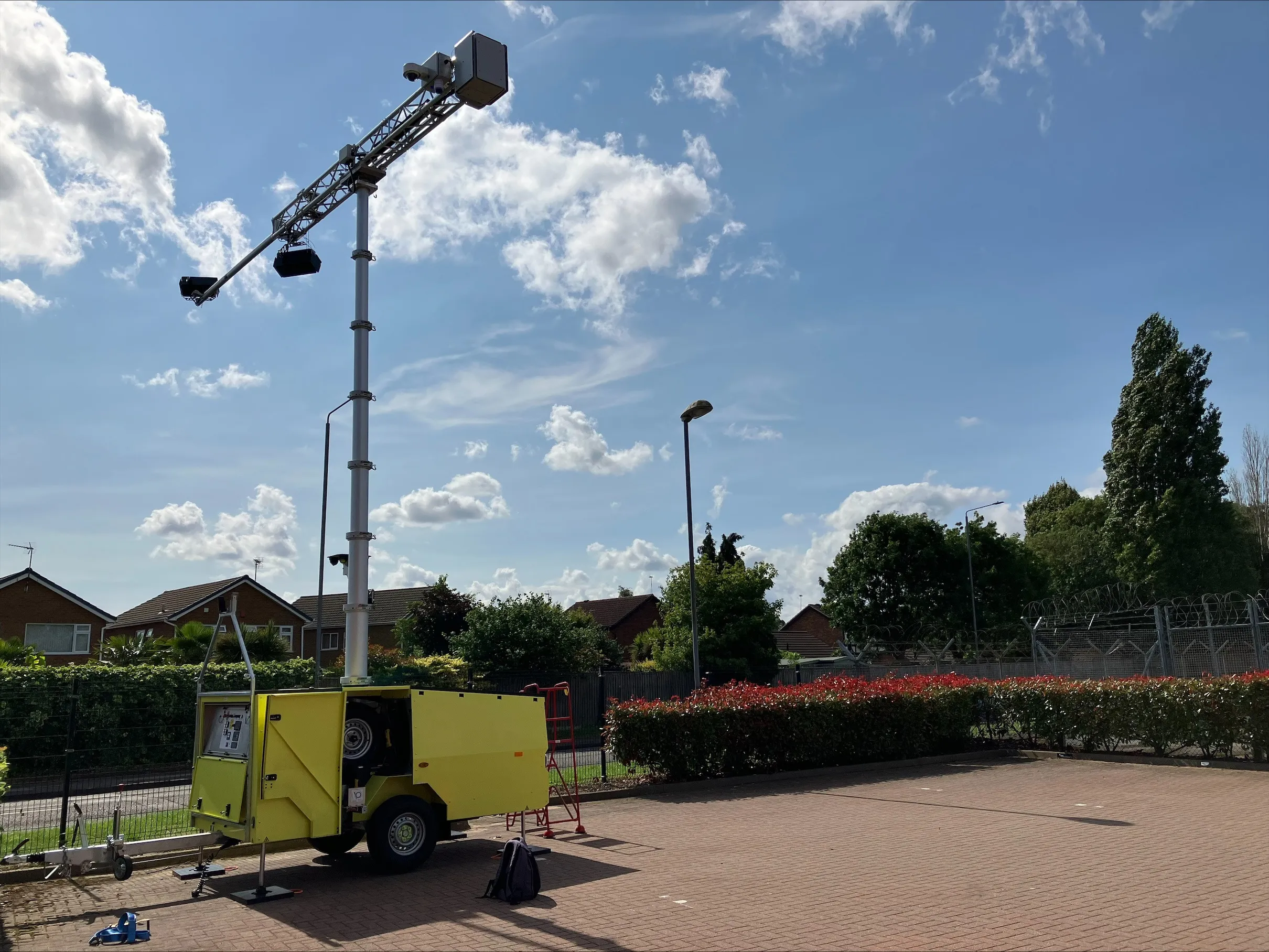Launching National Distracted Driving Awareness Month, US Transportation Secretary Anthony Foxx announced the Department of Transportation's first-ever national advertising campaign and law enforcement crackdown to combat distracted driving. As part of the effort, television, radio and digital advertisements using the phrase U Drive, U Text, U Pay will run from 7-15 April, which coincides with a nationwide law enforcement crackdown in states with distracted driving bans.
April 7, 2014
Read time: 2 mins
Launching National Distracted Driving Awareness Month, US Transportation Secretary Anthony Foxx announced the Department of Transportation's First-ever national advertising campaign and law enforcement crackdown to combat distracted driving. As part of the effort, television, radio and digital advertisements using the phrase U Drive, U Text, U Pay will run from 7-15 April, which coincides with a Nationwide law enforcement crackdown in states with distracted driving bans.
Data from the834 National Highway Traffic Safety Administration (NHTSA) estimates that 3,328 people were killed and 421,000 were injured in distraction-related crashes in 2012. The new adverts, in English and Spanish, remind the public of these deadly consequences, as well as the penalties for getting caught violating the state distracted driving laws.
The US$8.5 million national advertising campaign supports the First-ever national distracted driving high-visibility enforcement (HVE) crackdown, which will run from 10-15 April. Thousands of law enforcement personnel Nationwide will use traditional and innovative strategies to crack down on motorists who text and drive.
The national campaign builds on the success of two federally funded distracted driving state demonstration programs that took place in California and Delaware. Over three enforcement waves, California police issued more than 10,700 tickets for violations involving drivers talking or texting on cell phones, and Delaware police issued more than 6,200 tickets. Observed hand-held cell phone use dropped by approximately a third at each program site, from 4.1 per cent to 2.7 per cent in California, and from 4.5 per cent to 3.0 per cent in Delaware.
"This campaign puts distracted driving on par with our efforts to fight drunk driving or to encourage seatbelt use," said Secretary Foxx.
Data from the
The US$8.5 million national advertising campaign supports the First-ever national distracted driving high-visibility enforcement (HVE) crackdown, which will run from 10-15 April. Thousands of law enforcement personnel Nationwide will use traditional and innovative strategies to crack down on motorists who text and drive.
The national campaign builds on the success of two federally funded distracted driving state demonstration programs that took place in California and Delaware. Over three enforcement waves, California police issued more than 10,700 tickets for violations involving drivers talking or texting on cell phones, and Delaware police issued more than 6,200 tickets. Observed hand-held cell phone use dropped by approximately a third at each program site, from 4.1 per cent to 2.7 per cent in California, and from 4.5 per cent to 3.0 per cent in Delaware.
"This campaign puts distracted driving on par with our efforts to fight drunk driving or to encourage seatbelt use," said Secretary Foxx.








